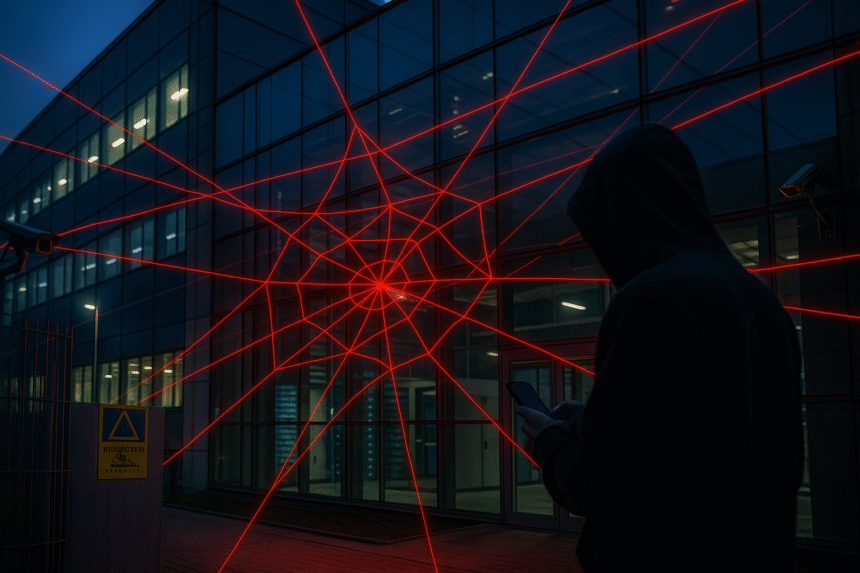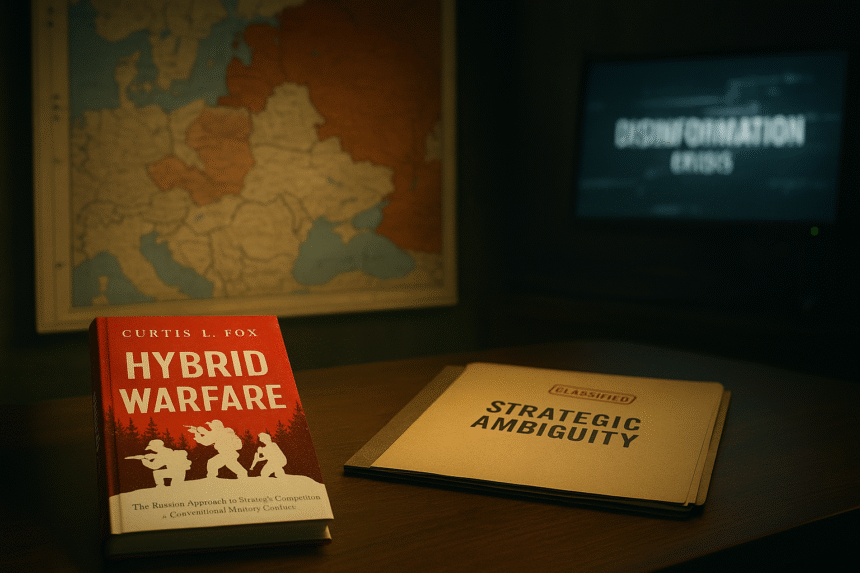Digital Frontlines
Cyber Warfare in Ukraine is reshaping the future of conflict.
In the control rooms, on the servers, and across the trenches, Ukraine is fighting a war the world has never seen before — a brutal hybrid of cyberattacks, disinformation, and frontline battles.
When the battle spreads across both the physical and the digital worlds, information becomes the first weapon — and the last line of defence.
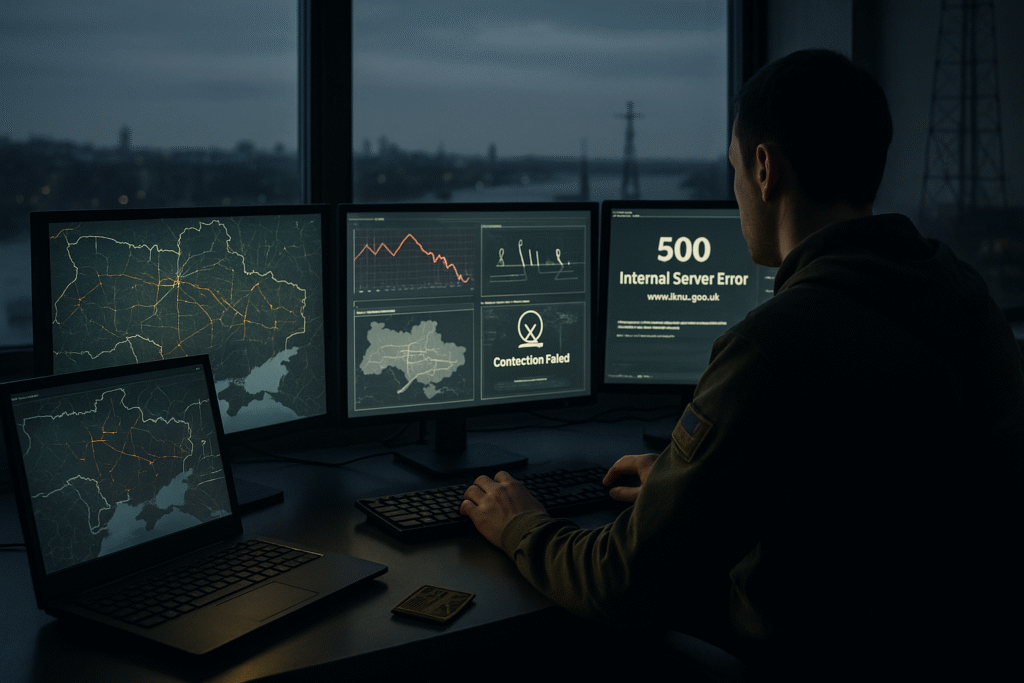
Cyber Warfare in Ukraine: A New Era of Hybrid Warfare
The ongoing conflict in Ukraine has introduced a powerful new dimension to warfare: cyber warfare in Ukraine. This form of digital combat uses code, data manipulation, and cyber tools as primary weapons in modern hybrid warfare. As Russia’s invasion continues, cyberattacks have intensified, showing how strategic objectives can now be achieved without traditional military confrontations. The role of cyber warfare in Ukraine offers valuable lessons about how the digital battlefield is reshaping global security.
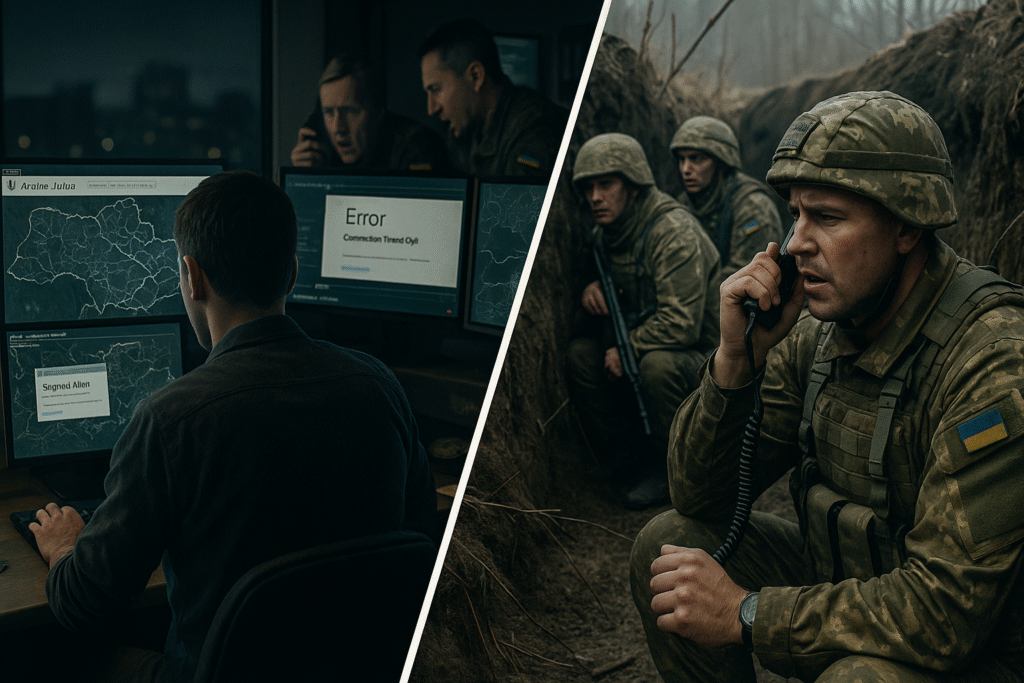
Understanding Cyber Warfare: The Digital Revolution in Conflict
Cyber warfare in Ukraine exemplifies how digital tools disrupt vital systems and achieve military or political objectives. Unlike traditional warfare, cyberattacks don’t leave physical marks of battle. Instead, they exploit vulnerabilities in digital infrastructure, targeting communication networks, financial systems, and essential services. For example, Russian hackers launched a denial-of-service attack on Ukraine’s government websites early in the conflict. This crippled communication and military coordination. This early tactic underscored the critical role of cyber warfare in weakening an adversary before physical confrontation begins.
“Cyber warfare is no longer a secondary tool but a primary weapon, reshaping military strategies and global geopolitics.” – Brin Najzer, The Hybrid Age

The Tactical Impact of Cyber Warfare: Disrupting Military Operations
Cyberattacks have significantly disrupted Ukraine’s military operations. For instance, Russian cyber strikes disabled critical air defence systems, complicating Ukraine’s defence strategies. Additionally, wiper malware, designed to erase data, worsened the situation. These efforts show how cyber warfare is becoming a key weapon in hybrid warfare.
A major incident was Russia’s attack on Viasat, a satellite communication provider. This caused massive internet disruptions across Ukraine. The attack aimed to paralyse Ukraine’s ability to coordinate military and civilian activities.
“The use of wiper malware to erase critical data created a significant challenge for Ukrainian defense efforts.” – Atlantic Council
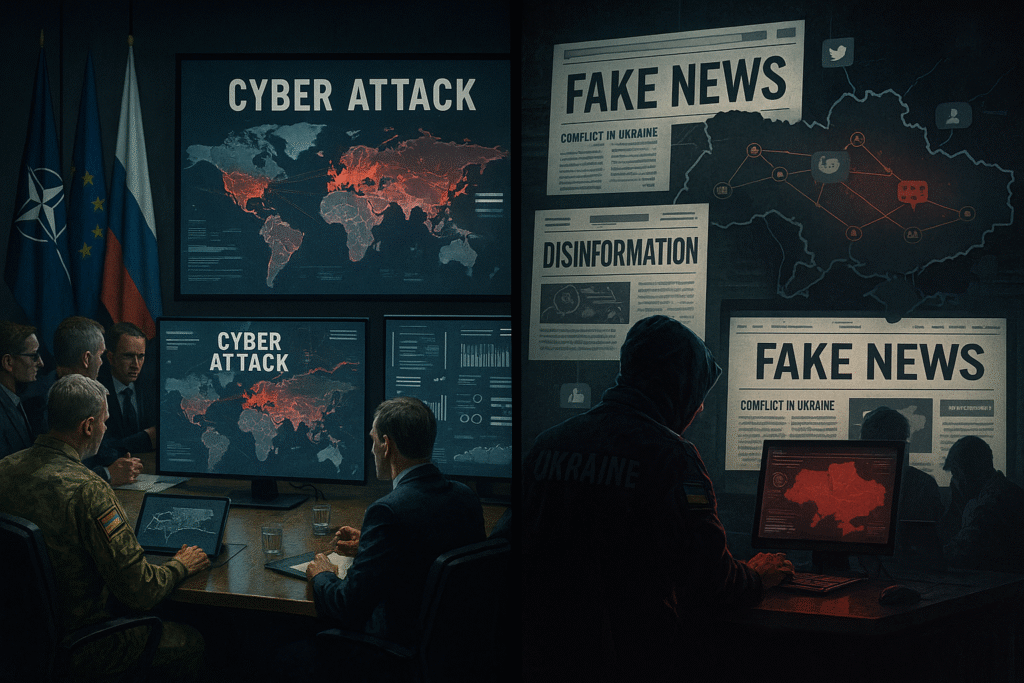
Cyber Warfare’s Influence on Global Geopolitics
Cyber warfare in Ukraine has shifted the geopolitical landscape. It has forced nations to reassess their cybersecurity strategies and international norms. The digital battlefield now extends beyond national borders, affecting global diplomacy. As Russia’s cyberattacks escalate, Western nations are increasingly concerned about the broader implications for international security.
Russia’s disinformation campaigns, spread via social media and fake news websites, have been a key part of this hybrid warfare. By manipulating these platforms, Russia destabilises the Ukrainian government and sways international support. The manipulation of digital media demonstrates that it is now a crucial tool in modern conflicts, highlighting the need for robust digital defence strategies on the global stage.
“The manipulation of digital narratives is part of a broader strategy to undermine trust in democratic institutions.” – Ion Mihai Pacepa, Disinformation

Ukraine’s Cyber Defence: A Model for the Future?
In response to Russia’s cyberattacks, Ukraine has become a leader in cyber defence. The country’s efforts show the importance of international cooperation and digital resilience. With the help of government agencies, international allies, and cybersecurity firms, Ukraine has developed an adaptive defence model. This model incorporates both state and non-state actors, including volunteer hackers.
“Ukraine’s success in defending against cyberattacks has highlighted the importance of global cooperation in the face of digital warfare.” – Michael J. Knowles, Speechless
Ukraine’s approach to cyber warfare in Ukraine offers a model for other nations facing similar threats. The lessons learned here will guide future efforts to build resilience against cyberattacks. It emphasises the need for collaboration between the government, cybersecurity experts, and civil society.
The Future of Cyber Warfare: Redefining Global Security
As cyberattacks continue to shape Ukraine’s defence, warfare is increasingly digital. Cyber warfare in Ukraine demonstrates how conflicts are no longer confined to physical battlefields. They now extend into cyberspace, where state and non-state actors engage in complex, non-traditional warfare. As nations adapt, the importance of digital defence systems cannot be overstated.
“The future of warfare will be defined not only by conventional battles but by the battles fought in cyberspace.” – Brin Najzer, The Hybrid Age
Global cybersecurity is now at risk. Countries must integrate digital defence as a core component of their national security. Ukraine’s innovative model provides a roadmap for how nations can defend against evolving cyber threats.
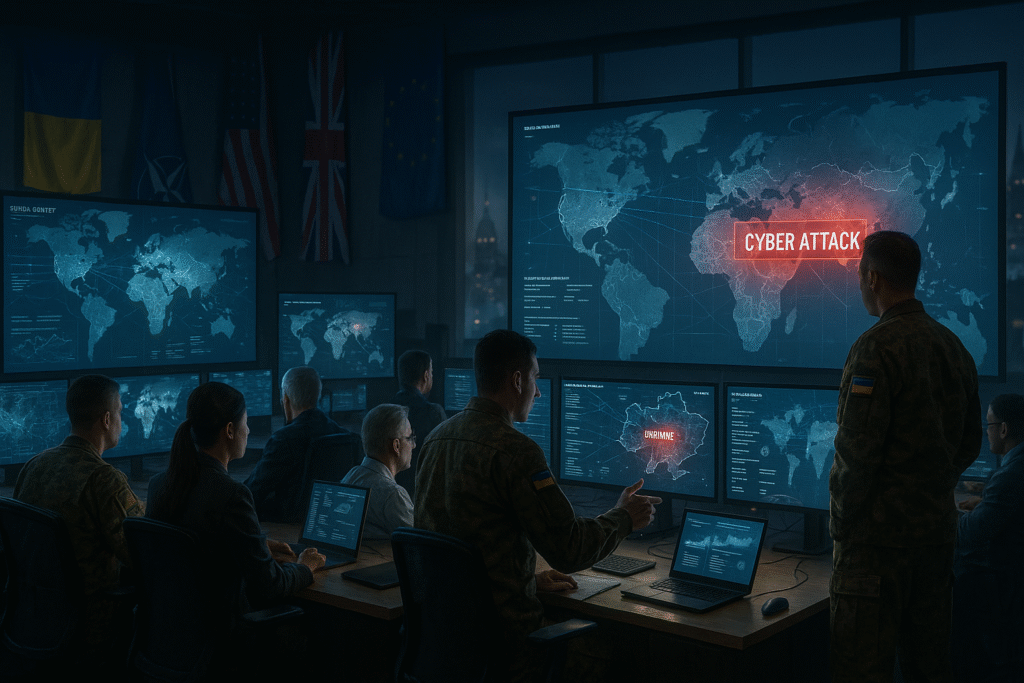
Conclusion: Navigating the Digital Battlefield
The conflict in Ukraine has demonstrated the importance of cyber warfare in modern conflicts. As hybrid warfare evolves, cyberattacks will continue to be a primary tool for states seeking military or political advantages. The lessons from Ukraine will guide nations on how to prepare for and defend against future cyberattacks. As Brin Najzer concludes, the future of warfare will be shaped not just by traditional battles but by digital wars fought in cyberspace, where information is as powerful as any weapon.
Frequently Asked Questions (FAQ)
Q1: What is cyber warfare, and how is it used in the Ukraine conflict?
Cyber warfare uses digital tools to disrupt, manipulate, or destroy vital systems, including military operations, communications, and infrastructure. Russia has targeted government websites, communication networks, and satellite systems like Viasat to impede Ukraine’s ability to coordinate both military and civilian efforts.
Q2: How does cyber warfare differ from traditional warfare?
Unlike traditional warfare, which relies on physical combat, cyber warfare takes place in cyberspace. It targets digital infrastructure, allowing states and groups to disrupt operations, influence public opinion, and carry out strategic attacks without physical confrontation.
Q3: What role does disinformation play in cyber warfare?
Disinformation campaigns are a central component of cyber warfare. Russia has used fake news, social media manipulation, and digital narratives to undermine Ukraine’s government, confuse the public, and gain international support.
Q4: How has Ukraine responded to cyberattacks?
Ukraine has become a leader in cyber defence, building a resilient digital infrastructure with international help. Volunteer hackers have also played a crucial role. This defence model is seen as a blueprint for other nations facing similar threats.
Q5: What does the future of cyber warfare look like?
As digital technology continues to evolve, cyber warfare will become even more integral to global conflicts. Future wars will not only be fought on traditional battlefields but also in cyberspace, where digital attacks and disinformation campaigns will play key roles.
Join the Mission
By supporting Frontline Europa on Patreon, you help expose the hidden warzones shaping tomorrow’s world.
Your support powers the stories that reveal the truth — from cyberattacks that cripple cities to the frontline soldiers waiting for digital orders under fire.
This is the war of our time. And you can stand with those fighting it.
👉 Support Frontline Europa today. The future is already under attack — help us fight back






